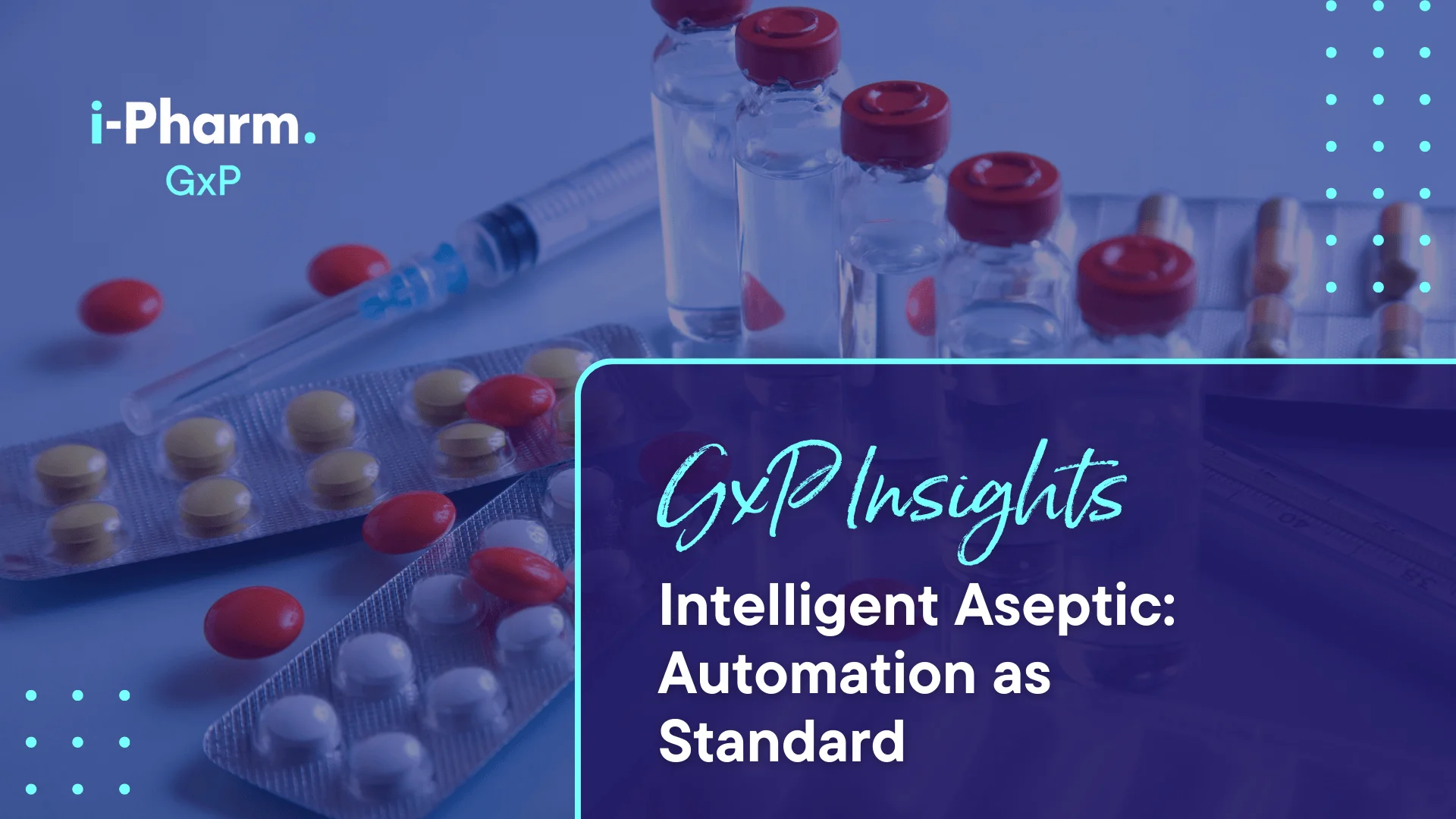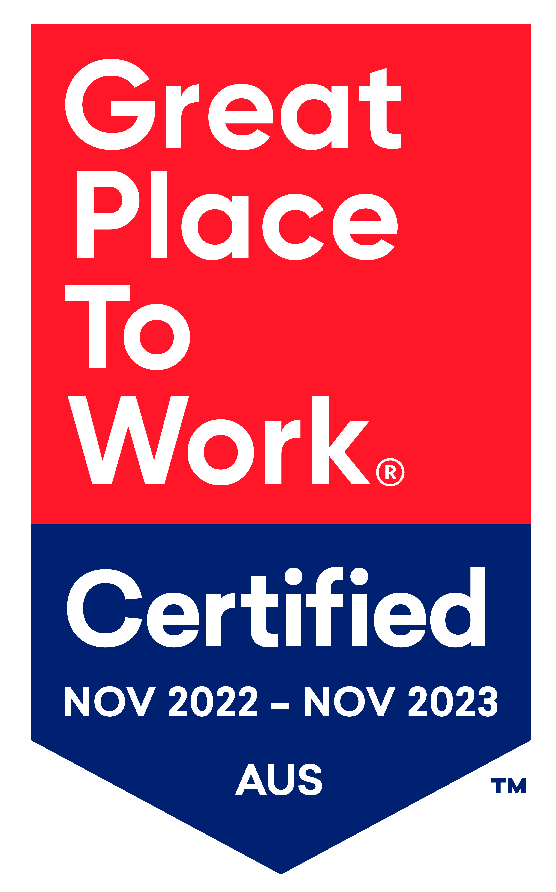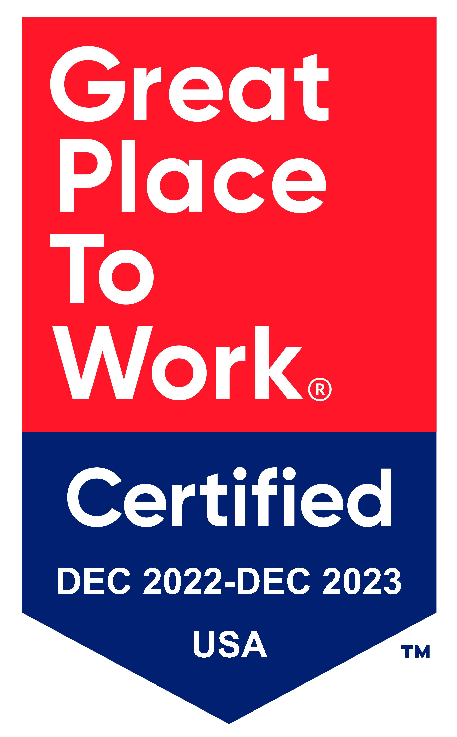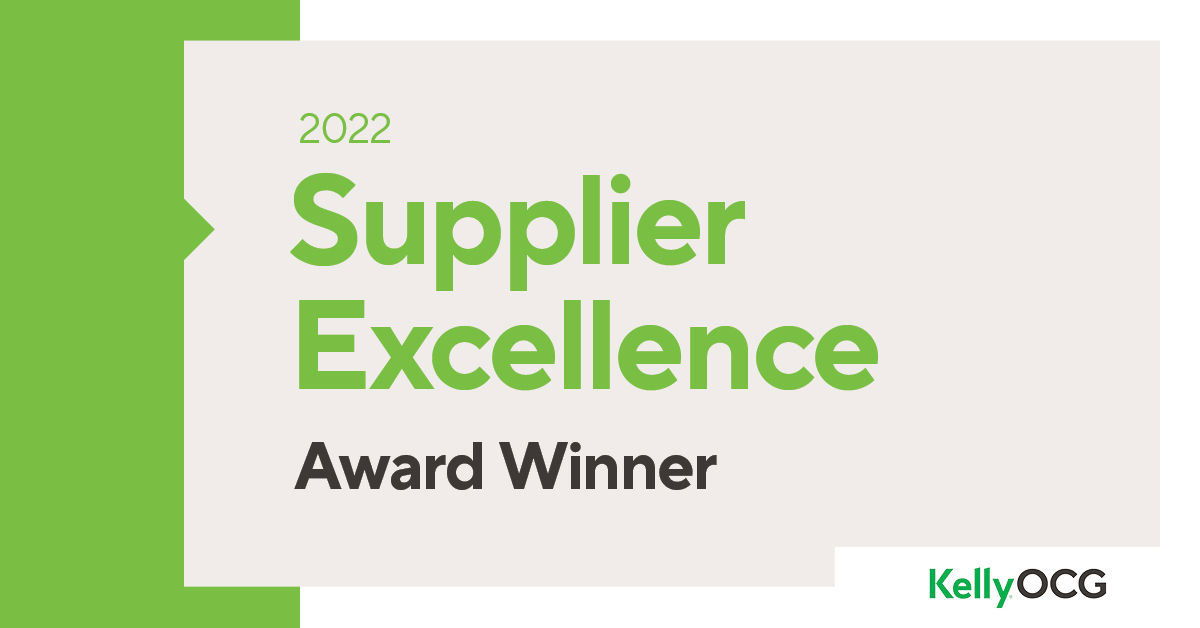GxP Insights: the Rise of Continuous Manufacturing in Biologics
24 Sept, 20255 minsWelcome to our monthly industry insights newsletter, tailored for professionals in Medi...
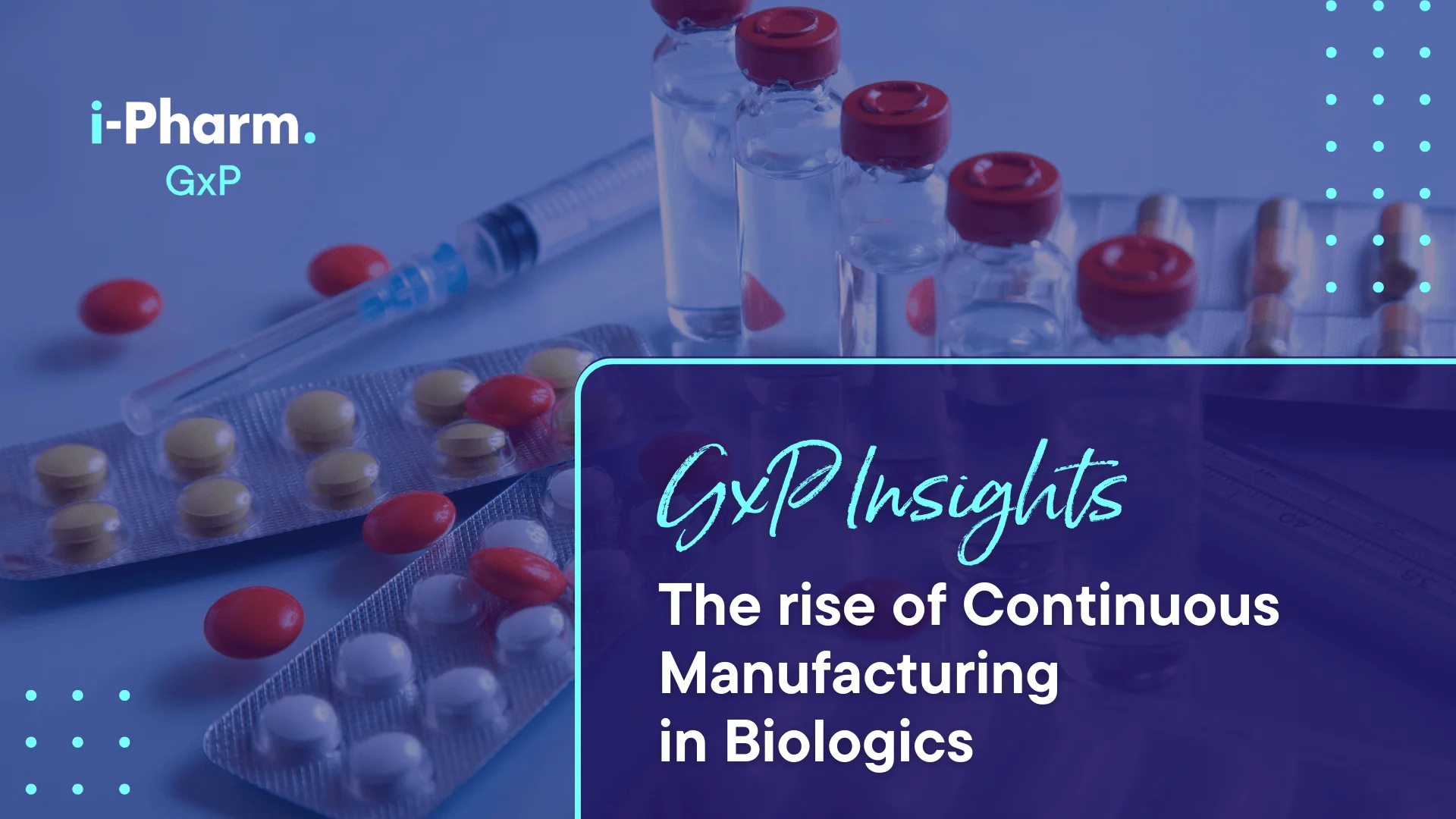
Welcome to our monthly industry insights newsletter, tailored for professionals in Medical Devices, Biologics, Cell & Gene Therapy, and Sterile/Aseptic Manufacturing. Each edition delivers into a key topic within your industry, including expert perspectives, and career insights to help you stay ahead.
This month, we cover the rise of Continuous Manufacturing in Biologics and what it means for efficiency, regulation, and careers.
Continuous Manufacturing gains momentum in Biologics
Continuous manufacturing is moving rapidly from concept to priority across the pharmaceutical industry. Companies are under pressure to overcome challenges around quality consistency, lengthy cycle times, supply chain fragility, and the high costs of scaling complex biologics processes, all while meeting growing expectations for sustainability and efficiency.
Shifting from stop-start batch processes to integrated, uninterrupted production promises major benefits: reduced variability, lower waste, faster time to market, and smaller manufacturing footprints. Yet adoption also requires significant investment in new technologies, workforce skills, and regulatory alignment, factors that can slow down implementation.
Why now?
The idea itself isn’t new: for years, CM has been discussed as an alternative to traditional batch manufacturing. What’s different now is that the concept has finally gained momentum, with real-world investments, regulatory backing, and new technologies making it viable at scale.
Four key forces are driving this shift:
- Regulatory momentum: Agencies such as the FDA and EMA are encouraging adoption of process analytical technology, real-time monitoring, and modular plant design to assure quality and speed approvals.
- Technological breakthroughs: Advances in digital twins, adaptive control systems, and process intensification are making continuous platforms more reliable and adaptable.
- Sustainability imperatives: Continuous approaches consume less energy, reduce solvent waste, and require smaller facilities, helping companies align with ESG targets.
- Global trade and supply chain shifts: Tariff changes and rising cost pressures have exposed vulnerabilities, pushing firms to diversify suppliers, strengthen resilience, and embrace nearshoring strategies.
Together, these dynamics explain why continuous manufacturing has risen to the top of industry priorities in 2025, reshaping how companies think about efficiency, agility, and long-term growth, while also forcing them to address the practical hurdles of investment, regulatory adaptation, and workforce readiness.

Industry leaders driving Continuous Manufacturing
Enzene Biosciences (Hopewell, NJ) opened an 80,000 sq ft biologics facility in New Jersey featuring its EnzeneX™ 2.0 continuous manufacturing platform. Early runs delivered 4 kg from 200 L and are expected to scale to 15–20 kg from 400 L, far outperforming traditional fed-batch processes. By combining upstream and downstream continuous operations in a smaller footprint, the site demonstrates how CM can cut costs, boost productivity, and accelerate supply for biologics.
“Our initial US$50 million investment in the US facility enables nearly one ton of production capacity per year. In contrast, a traditional batch manufacturing setup would require US$200-US$300 million for the same output.” - Dr. Himanshu Gadgil (CEO, Enzene)
Thermo Fisher (Greenville, NC) has built a fully functional continuous manufacturing line at its Greenville, North Carolina site, transitioning from traditional batch to continuous oral solid dose production. The line integrates real-time raw material feeding, vacuum granulation, capsule/tablet output, and in-line PAT analytics, with coating capabilities being added. After supporting clinical programs, the site is on track to deliver its first commercial product via CM in 2025.
AstraZeneca (Mount Vernon, IN) has committed $50 billion to expand US manufacturing and R&D, including a drug substance facility in Virginia and an explicit continuous manufacturing expansion in Mount Vernon, Indiana. The company is also investing in automation, AI, and data analytics to optimize production. This marks AstraZeneca’s largest-ever manufacturing investment, underscoring its strategy to cut cycle times, strengthen supply resilience, and position CM as a cornerstone of future growth.
“This announcement underpins our belief in America’s innovation in biopharmaceuticals and our commitment to the millions of patients who need our medicines in America and globally. It also reflects the Commonwealth of Virginia’s desire to create highly skilled jobs in science and technology and will strengthen the country’s domestic supply chain for medicines.” - Pascal Soriot (CEO, AstraZeneca)

Skills in demand for Continuous Manufacturing in Biologics
Transitioning from batch to continuous biomanufacturing isn’t just about infrastructure. It demands a new kind of expertise. Unlike batch processes, which move step by step and allow time for adjustments, continuous systems run uninterrupted, making real-time process control, automation, and rapid troubleshooting essential.
Biologics are particularly sensitive to variability, so operators must be skilled in process analytical technology (PAT), data analytics, and digital monitoring tools to catch and correct deviations immediately. At the same time, QA and regulatory professionals need to adapt to frameworks built around real-time release testing and continuous validation, rather than end-point checks.
Together, these shifts are creating strong demand for professionals who can blend traditional GMP know-how with advanced engineering, digital, and regulatory expertise.
Key specialisms and skills rising in demand include:
- Process Development Engineers: the scale-up of biologics and ATMPs using CM requires strong process design. Key skills: bioreactor optimization, PAT tools, scale-down models.
- Automation & Control Specialists: CM relies on real-time monitoring and closed-loop systems. Key skills: MES, SCADA, digital twins, AI-enabled process control.
- Quality Assurance (QA) for CM: regulatory frameworks require hybrid QA expertise, blending GMP with digital data integrity. Key Skills: QMS for continuous systems, real-time release testing (RTRT), audit readiness.
- Regulatory Affairs Specialists: regulatory alignment on CM is evolving. Key skills: Submissions involving CM processes, FDA/EMA dialogue, QbD compliance.
Innovation hubs & opportunities
Across the US East Coast, Life Sciences hubs are doubling down on continuous manufacturing and advanced bioprocessing, with major investments creating new facilities, expansions, and specialized labs.
These initiatives are not only strengthening US supply resilience but also opening hundreds of roles across engineering, quality, and regulatory functions. Massachusetts, New Jersey, North Carolina, and Pennsylvania are just some of the key hotspots driving growth, with exciting career opportunities emerging.
Over to you: what’s the biggest opportunity (or challenge) you see as the industry moves from batch to continuous?
At i-Pharm GxP, we work alongside the Life Sciences organisations leading this evolution, helping them scope, staff, and deliver the GxP talent they need to succeed in a changing landscape.
If you’re exploring your next step, we’d love to connect.
Found these insights helpful? Be sure to share them with your network and subscribe here for monthly updates and exclusive industry insights straight to your Inbox.


